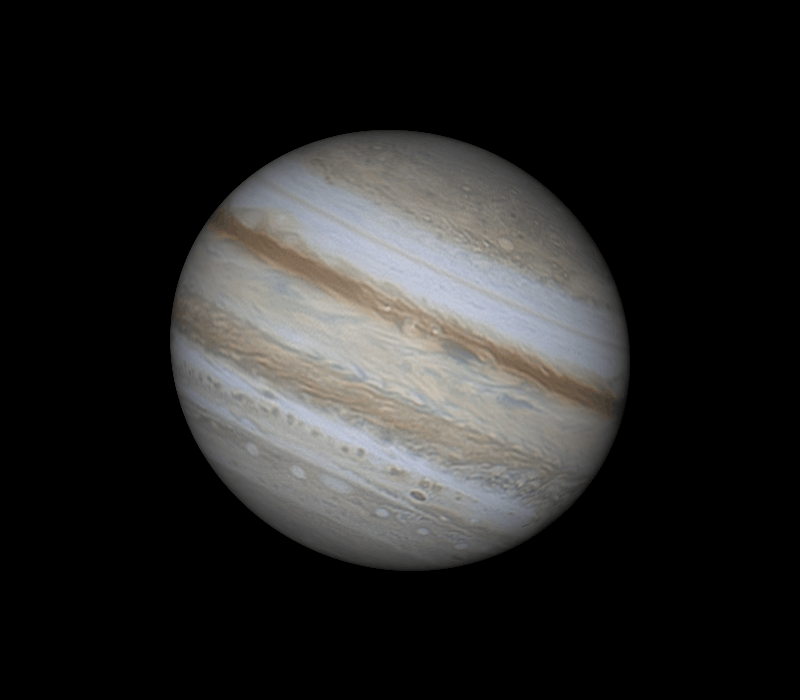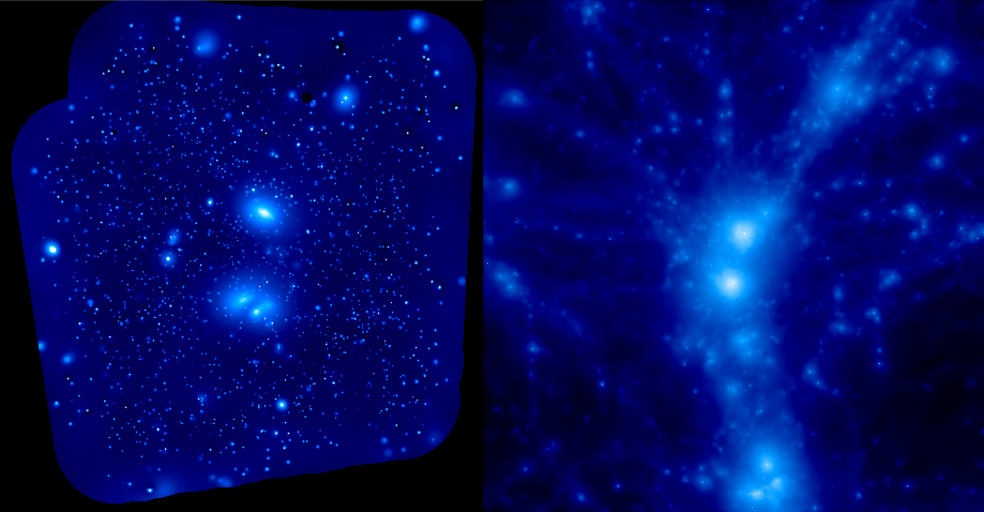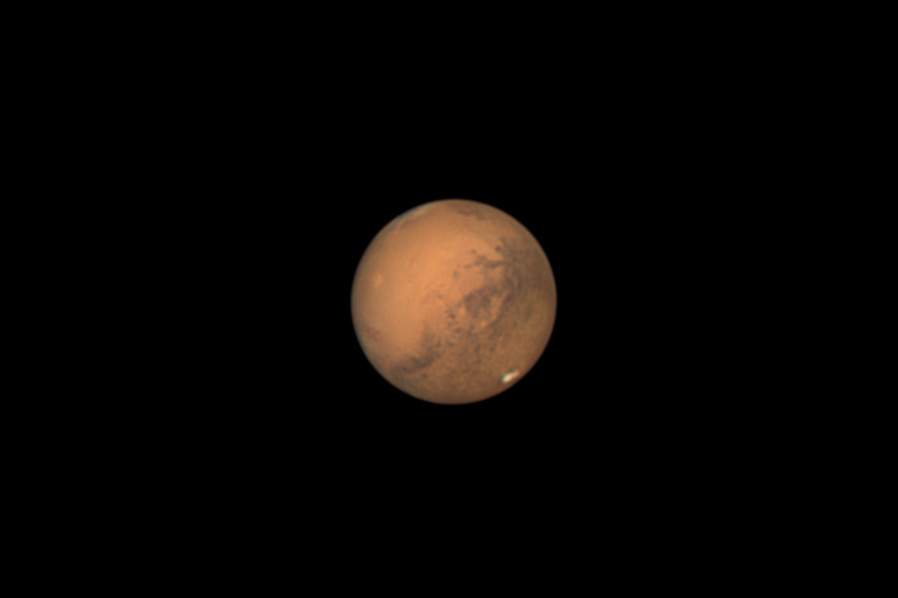![[LMU logo]](/graphics/lmulogoboxes.png)
|
University Observatory MunichFaculty of Physics at the Ludwig-Maximilians-University |
![[USM logo]](/graphics/usmlogo.png) ![[LMU seal]](/graphics/lmusiegelbox.png)
|
deutsche Version
News15.5.2023 How will the ELT explore the Universe?ESO released the record of the live public event about the ELT and two of its first generation instruments, MICADO and METIS. ESO's Extremely Large Telescope (ELT) is the revolutionary ground-based telescope currently under construction in Chile. It will be the largest optical/infrared telescope in the world, with its 39-meter diameter main mirror. MICADO, the near-infrared Multi-AO Imaging Camera for Deep Observations, is designated as First Light Instrument of the ELT. The instrument will offer diffraction-limited imaging and spectroscopy modes in combination with single- or multi-conjugated adaptive optics. The Universitäts-Sternwarte München (USM) is part of the MICADO consortium and is deeply contributing to the development of the MICADO instrument, being responsible of several working packages, including Software, Electronics, Optics and Cryo-Mechanics contributions. The USM contribution to the MICADO Project is funded through the German Federal Ministry of Education and Research (BMBF) and PT-DESY under grants 05A11WM1, 05A14WM1 and 05A17WM1, which are gratefully acknowledged. 25.9.2022 Jupiter images taken in Munich as rotating animation
15.12.2020 Filament of 50 million light years longMore than half of the matter in our Universe has so far eluded our view. Astrophysicists have predicted, however, where it might be: in so-called filaments, unimaginably long structures made of hot gas that surround and connect galaxies and galaxy clusters. These filaments of hot gas in the computer simulations by Dr. Veronica Biffi and PD Dr. Klaus Dolag at the University Observatory Munich and the ORIGINS Cluster of Excellence are strikingly similar in their structure to the 50 million light years long filament which has now been observed for the first time by a team led by the University of Bonn using the eROSITA space telescope. While these observations confirm the models of the origin and development of our Universe, the simulations allow an interpretation of the results that recently appeared in the journal Astronomy & Astrophysics, shedding new light on the origin of these structures. 13.10.2020 Mars image with the Fraunhofer refractorThis image shows our neighboring planet Mars in the night from October 19 to 20, 2020, observed with the historic 28.5-cm Fraunhofer refractor (built in 1835) from the garden of the University Observatory in Munich. The achromat with Fraunhofer objective allows impressive color images of planets in the middle of the big city. Felix Langgassner (Bachelor student) took this image 6 days after Mars opposition (13. 10. 2020). Mars has a distance of 64 million km and an apparent diameter of 22 arcseconds on this image. Besides Solis Lacus (the big "eye of Mars" in the center a bit to the right) and foothills of Valles Marineris (darker overlying "branch" in the upper right third), Olympus Mons (26,000 m high, diameter 600 km) is also well visible in the middle of the faint white spot with darker center (at 10 o'clock near the Martian limb). With the color camera ZWO ASI 224MC Felix Langgassner recorded 17.771 images with 1/57 sec exposure time each. Afterwards the best 30% were combined with "Autostakkert" and sharpened with "RegiStax". |
|
Impressum Datenschutz |



